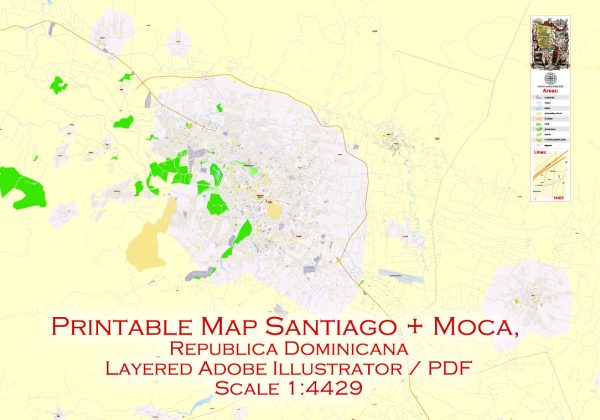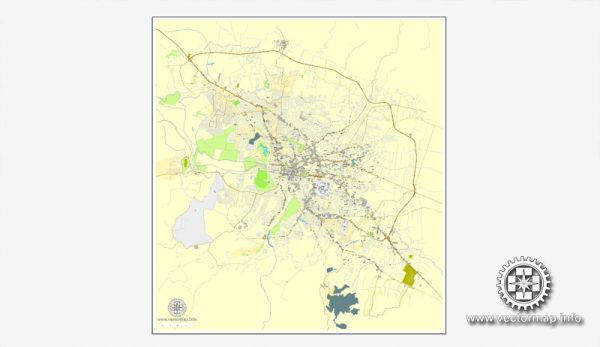Santiago de los Caballeros, commonly known as Santiago, is the second-largest city in the Dominican Republic and serves as the capital of the Santiago Province. The city has a rich history of urban development that reflects its cultural, economic, and political significance in the country.
Pre-Colonial Era: Before the arrival of the Spanish, the area that is now Santiago was inhabited by the Taino people, the indigenous population of the Caribbean. The Taino had settlements in the Cibao Valley, where Santiago is located, engaging in agriculture and other forms of subsistence living.
Colonial Period: Santiago was officially founded on January 5, 1495, by Diego Columbus, the son of Christopher Columbus, making it one of the oldest European settlements in the Americas. The city was established during the early stages of Spanish colonization, and its strategic location in the Cibao Valley contributed to its growth and importance.
During the colonial period, Santiago became a center for agriculture, trade, and livestock. The city’s development was influenced by the construction of religious and administrative buildings, such as churches and government structures. The Spanish colonial architecture is still evident in some of Santiago’s historic structures, including the Cathedral of Santiago and the Monument to the Heroes of the Restoration.
Independence and 19th Century: Santiago played a significant role in the struggle for independence from Spanish rule. The city was a key battleground during the Dominican War of Independence (1844) against Haiti. After gaining independence, Santiago continued to grow as a center for commerce, agriculture, and industry.
20th Century: In the 20th century, Santiago experienced significant urban development and modernization. The construction of infrastructure, roads, and public buildings contributed to the city’s expansion. The tobacco industry, along with other economic activities, played a crucial role in Santiago’s prosperity.
Contemporary Era: Today, Santiago is a major economic and cultural hub in the Dominican Republic. The city has a diverse economic base, including manufacturing, services, and agriculture. Its urban landscape features a mix of modern structures and historic buildings. Santiago has also become a center for education and healthcare, with several universities and medical facilities located in the city.
One notable landmark in Santiago is the Monument to the Heroes of the Restoration (Monumento a los Héroes de la Restauración), an iconic structure on a hill overlooking the city. The monument commemorates the restoration of the Dominican Republic’s sovereignty in the late 19th century.
In summary, Santiago de los Caballeros has a rich history of urban development that spans from its colonial origins to its present status as a dynamic and thriving city in the Dominican Republic. The blend of historical architecture and modern infrastructure reflects the city’s journey through centuries of cultural, economic, and political change.




 Author: Kirill Shrayber, Ph.D.
Author: Kirill Shrayber, Ph.D.